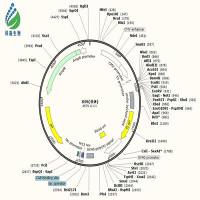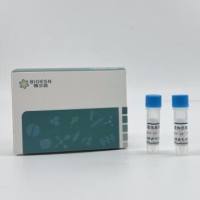Biosensor Analysis of Receptor-Ligand Interactions
互联网
646
Cytokines trigger growth factor responses through interaction with cell surface receptors. Determining the quantitative properties of cytokine-receptor interactions can help lead to mechanistic understanding of receptor activation as well as strategies to inhibit the interactions and, consequently, antagonize activation. For many cytokine systems, molecular tools are available for mechanism-revealing interaction analysis. These tools can include wild-type and mutant forms of cytokine, soluble domains of the multiple receptor subunits, phage-displayed forms of cytokine and receptor (often obtained for combinatorial epitope mapping and antagonist design studies), and membrane-incorporated forms of receptors such as in vesicles or pseudoviral particles. In the face of such tools and promise of useful new mechanistic knowledge through their study, a key need remains unifying interaction analysis methodologies, techniques which can provide a reasonable level of kinetic and ther-modynamic rigor and can be applicable across the broad range of molecular forms that incorporate cytokine and receptor. One such methodology that has significant promise is optical biosensor kinetics analysis. This technology has successfully been applied in cytokine-receptor interactions, such as interleukin 2 (IL2) (1 ,2 ), interleukin 5 (3 –7 ), and GM-CSF (8 ,9 ).









